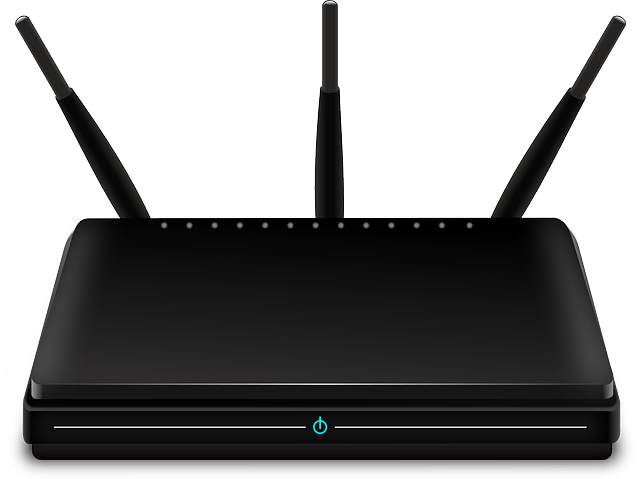Five places you should never put a wireless router
You won't believe what can slow down even a good wireless router. We reveal which locations you should avoid.
Videos stutter, music stutters, transferring files takes forever - is your wireless home network so slow that not only surfing the Internet is no fun? Often the problem is not due to the technology in the router or even to the Internet connection to the outside.
The Telekom technicians who are called for help often find that the WLAN router is simply in an unfavorable position, because there are a few places where the wireless connection is disrupted by common household items.
To prevent this from happening to you, here are the five worst places you should never put a wireless router:
1. In a metal cabinet or shelf
Any metallic casing of the router drastically shields its antennas and thereby dampens the propagation of the radio signal. If you're annoyed by slow Wi-Fi - here's why!
2. On the floor behind the PC
Positioned in this way, the router is not visible – but neither is your wireless network. The pc acts as a shield preventing the radio waves from propagating - much like the metal shelf above. The effect: Other devices that are further away have poor reception.
3. In the basement
Routers are usually optimized for horizontal illumination of the premises. They emit relatively little radio power upwards. In addition, the ceiling acts as a radio brake. The reception is already bad on the ground floor.
4. In a remote corner of the room
As already mentioned, the antennas installed in routers usually transmit horizontally to all sides evenly. By positioning it in the far corner of a remote room, you may be providing optimal service to the adjacent street, but not your home.
5. Behind large leafy plants
Large leaves contain a lot of water. And this is exactly what prevents the radio waves emitted by the router from spreading. The result: the range and transmission speed decrease.
An optimal parking space is therefore as free-standing as possible without metal in the area on the floor where the connection is most needed.
By the way: plasterboard walls – often referred to colloquially as “plasterwall” – also dampen the WiFi signals. If such walls are used in the house, it can also affect the connection.
Check out
Was this content helpful to you?

0 Comments